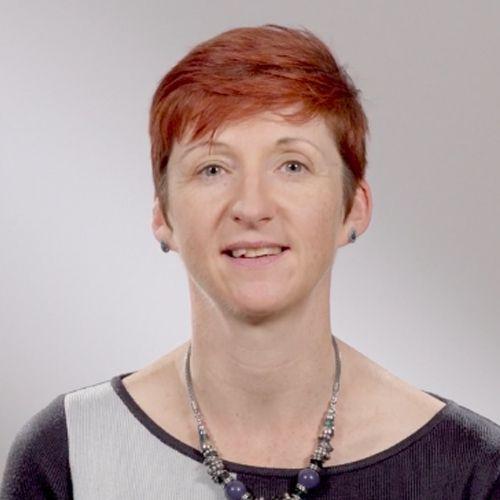Learning objective
- To make comparisons in French.
Success criteria
- I can use a model to help build
This content is for subscribers only. Join for access today.
National curriculum
Languages
Pupils should be taught to:
- Speak
This content is for subscribers only. Join for access today.
Cross-curricular links
Science
Earth and space
Pupils should learn
This content is for subscribers only. Join for access today.
Before the lesson
This content is for subscribers only. Join for access today.
Lesson plan
Recap and recall
Display the Presentation: Spot the mistake and use the activity to recap learning from the previous lesson. Display slide 2 to show the answer and discuss any possible misconceptions.
This content is for subscribers only. Join for access today.
Extended-mode explainer videos
How to extend your display to view the lesson page and preseantion mode simultaneously. Choose your operating system below to watch the video
If you need further support with extending your display,
please contact [email protected].
Extended-mode explainer video: For Mac
Extended-mode explainer video: For Windows
Adaptive teaching
Pupils needing extra support:
Could describe the photographs of the planets using the adjectives grand/petit – big/small – and ‘chaud/froid‘ – hot/cold, without incorporating the comparative language to begin with; could begin to compare simple classroom items using plus + grand/petit, e.g. a glue stick and a rubber, the child could point to the larger item and say ‘plus grand’.
Pupils working at greater depth:
Should be challenged to use adjectives from previous lessons or to find adjectives in a bilingual dictionary to make comparisons, e.g ‘La Terre est plus belle que Mars‘ – the Earth is more beautiful than Mars.
This content is for subscribers only. Join for access today.
Assessing progress and understanding
Pupils with secure understanding indicated by: forming a factually and grammatically accurate
This content is for subscribers only. Join for access today.
Vocabulary definitions
-
chaud(e)
hot
-
froid(e)
cold
This content is for subscribers only. Join for access today.

